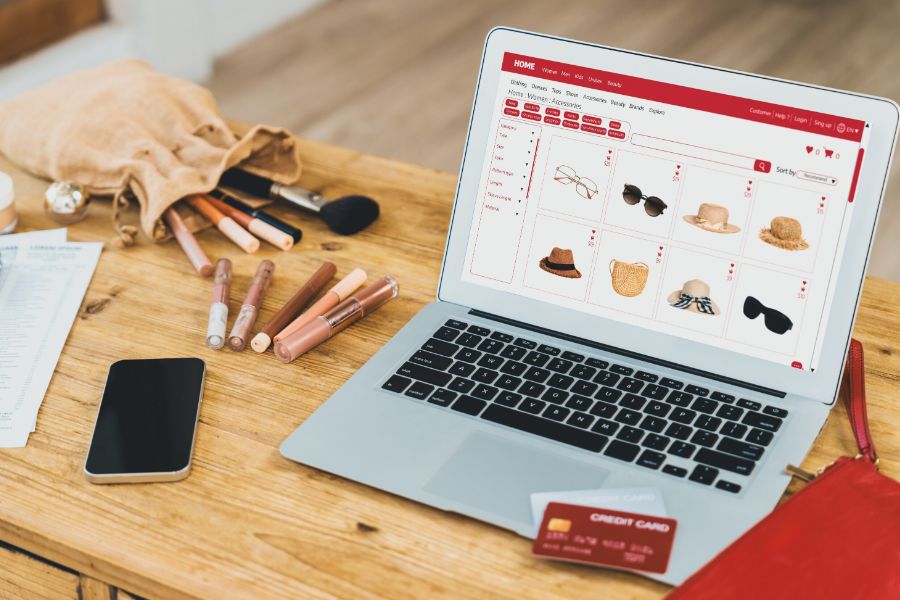When you own a business, it’s quite important to consider lowering the costs. To maintain a steady supply chain, you need to understand the total cost of its supply chain. Inventory Carrying Cost helps companies to determine how much growth can be made on current inventory.
What Is Inventory Carrying Cost
Inventory Carrying Cost is an accounting term, it is the amount that a company spends on holding inventory over a period of time, including all the investment involved in owning, storing, and holding the unsold goods or stocks.
Some notable costs are:
- Warehouse holding
- Salaries of warehouse employees
- Transportation and handling
- Taxes/ insurance
- Depreciation costs
- Shrinkage due to theft and damage
What IT Tells About Your Business
Inventory Carrying Cost is usually 15% – 30% of the value of the retailer or company’s inventory. This is a very significant number; it explains how long they preserve their inventory before they lose their money on unsalable stock or dead stock.
This also depicts how much they need to sell and purchase in order to maintain appropriate inventory levels. By calculating Inventory Carrying Costs, they can reclaim the company’s money which is stuck up in the inventory and eventually increase the profit.
Components of Inventory Carrying Costs
- Capital cost: This includes the cost of money invested in inventory, added interests paid while purchasing goods. Capital cost is expressed as the percentage of total value of the goods being held.
- Inventory Service Cost: This includes applications, tax, insurance and IT hardware. The company’s insurance costs depend directly on the type and level of inventory. A high level of inventory attracts higher insurance premiums and taxes, therefore increasing total inventory service cost.
- Inventory Risk Cost: This includes costs in shrinkage of inventory, theft/ damage, administrative errors; misplaced goods, errors in shipping or delayed system updates. And the most important factor is the product value depletion, it means the original value of the item is dropped, as it has been stored too long in the inventory.
- Storage Space Cost: This includes the cost paid to the warehouse for air conditioning and heating, lighting, handling and transportation, and other related costs with the warehouse.
How to Calculate Inventory Carrying Cost?
Inventory Carrying Cost Formula can be defined as a percentage of the total value of the inventory. They are equal to the inventory holding sum divided by the total value of the inventory, which is then multiplied by 100.
Inventory Carrying Cost Calculation
To calculate inventory carrying cost, divide your inventory holding sum by the total value of inventory, and multiply by 100 to get a percentage of total inventory value.
Your inventory holding cost is the sum of the four components we described in the previous section:
Inventory holding cost = capital costs + service costs + risk costs + space costs
The total value of your inventory is the costs of inventory multiplied by the available stock.
The total inventory value = sum of inventory costs x stock of available items
Note, the total inventory value we are discussing here is only for calculating internal costs and does not represent the market value of inventory.
Here’s how it all comes together to calculate your inventory carrying costs as a percentage of total inventory value.
Inventory carrying cost = inventory holding cost / total value of inventory x 100
The carrying cost formula can be used to calculate annual carrying costs, quarterly carrying costs, or a smaller increment of your choosing. It’s best to do an annual inventory carrying cost calculation, as well as an incremental calculation at an interval that coincides with your sales cycle.
Inventory Carrying Cost Example
Furniture retailer who carries inventory for all his models. The total value of his inventory is $80,000. His inventory holding sum is $ 20,000 (this includes the inventory cost, risk cost, capital cost, and storage cost). How much is his, which is expressed in percentage?
The Inventory Carrying Cost acquired by the furniture retailer is 25% of his inventory value. This cost shows that you will not run into extreme losses by holding inventory over a long period of time. The Inventory Carrying Cost should be within the limits of 20%- 30% of your total inventory value.
Inventory Carrying Costs plays a vital role in increasing or decreasing the profit of any retailer or manufacturer; therefore, it should be limited down as much as possible.
Click here to find out how to upgrade your inventory management system.
ConnectPOS is a all-in-one point of sale solution tailored to meet your eCommerce POS needs, streamline business operations, boost sales, and enhance customer experience in diverse industries. We offer custom POS with features, pricing, and plans to suit your unique business requirements.




